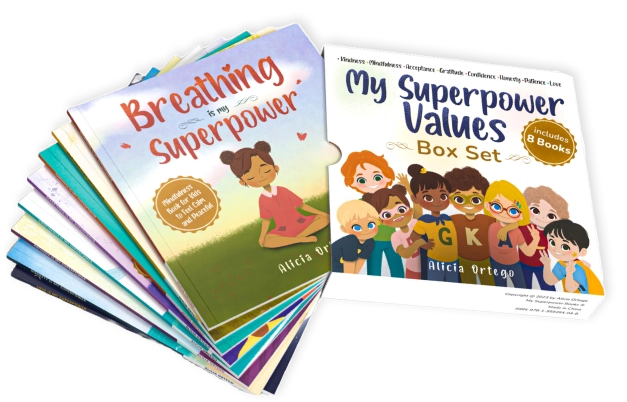25 Things to Put in a Calm Down Kit for Kids
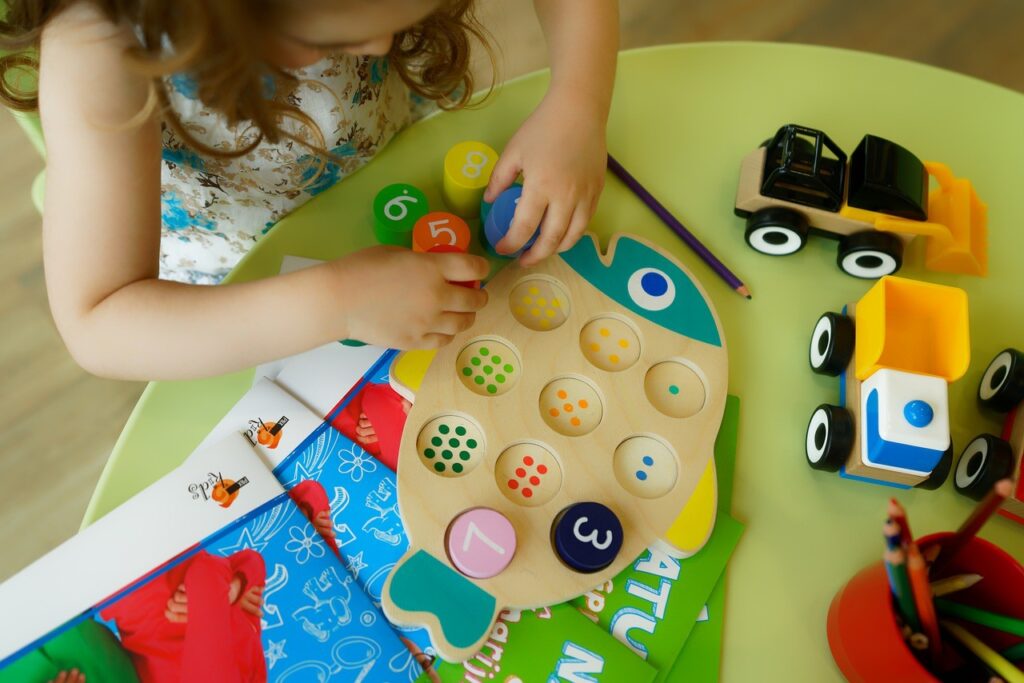
Calming kids is a difficult task for adults because children cannot control their emotions to the full extent. You may ask them to be reasonable, but that’s not the best idea.
Box of Calm: How Does It Work?
There`re different approaches to dealing with tense situations. Take, for example, anti-stress strategies or natural ways to calm a hyper child. Although they’re very effective, there’s a need for a calm down time period to prevent children from throwing tantrums. Today I’m going to share activities for kids with anxiety and high sensitivity.
What is a Calm Down Kit?
The emotions which cause restless behaviors are very strong. It could be anger, fear, and even happiness. Their nature is different. Yet, if a kid expresses them too excessively, it’s better to calm him down.
Don’t confuse a healthy way of expressing emotions with ADHD. If one of the parents is phlegmatic, but a child is choleric, it`s okay. Thus, a kid’s emotions may seem too strong compared to how you express them. Both of you just have different tempers.
It’s another thing, though, when your little one is too overwhelmed with emotions. Thus, he cannot control his behavior at all. You fail to switch his attention to something else. He may become hysterical when you try to involve him in other activities. For this matter, use a feelings chart for kids to make them recognize their emotions.
Even so, an anxiety kit is your first aid when there’s a need to calm down a child quickly. Since his emotions are too intense, only the other strong emotions can overlap them. Complete a set of things your kid loves the most. What to give a child to calm him down? It can be his favorite toys, books, photos, magazine clippings – whatever he enjoys playing with. Comfort items for anxiety should be the ones that are valuable to your little one. Otherwise, he will ignore the set.
Encourage your daughter or son to play with a kit each time they`re too emotional. They may refuse to do it at first. Still, take a box and begin to examine the content, stimulating the child to join you. When he’s interested in the kit, keep playing with him, using those fidget toys or other things you have got.
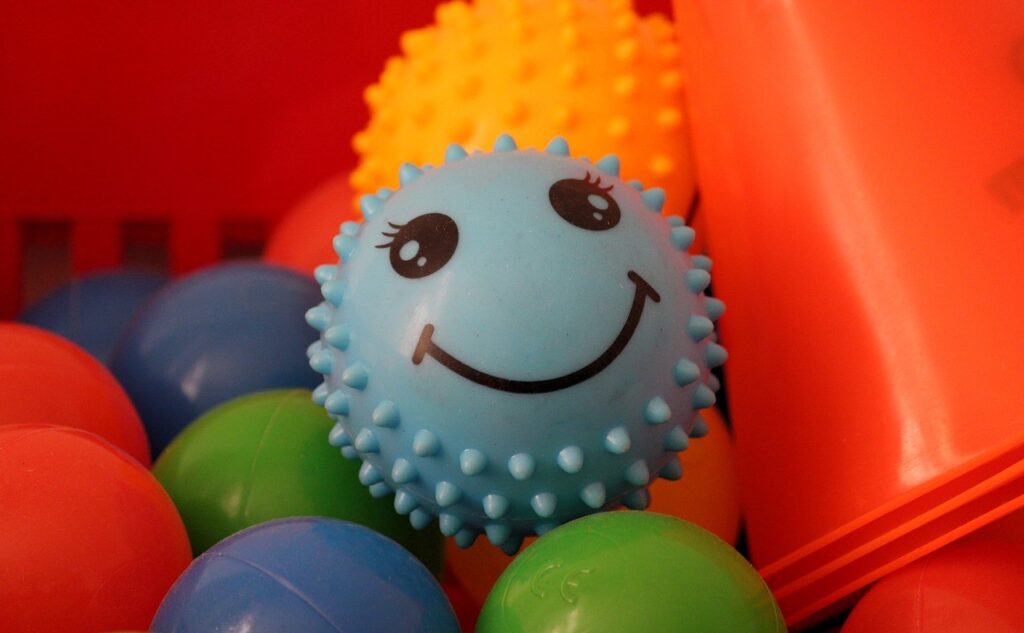
Dysregulated Kids: Who Are They?
Children who can’t manage their emotions or keep them within acceptable limits are believed to be dysregulated. Some of them may have ADHD. It’s the most common neurotic disorder in childhood. You should consult a specialist to know whether your child is diagnosed with it. Still, all restless children have the same pattern of behavior:
- Strong reaction to life circumstances;
- Disability to be focused on a task for a long time;
- Sudden mood swings;
- Impatience leads to tantrums.
All this can cause tears, anger, fear, and other strong emotions. Develop a growth mindset in them to enhance the nervous system.
Calm Down Kid for Toddlers
Self-soothing activities for the smallest presuppose the game with their favorite toys. The kit includes:
- Rattles;
- Shape sorter;
- Plush animals;
- Teething toys;
- Activity cube;
- Art supplies for toddlers;
- Sensory books;
- Baby beads;
- Soft blocks;
- Wooden block set, etc.
Parents know what toys their babies like the most. Follow the kid`s preferences when completing a kit.
Calming Things to Do for Elementary Schoolers
The range of activities for these children is broader and more differentiated. One takes into account such peculiarities as age and personal interests. Calm down kit may include:
- Puzzles;
- Legos;
- Bubbles;
- Cars, dolls, plush animals;
- COVID coloring pages;
- Pinwheels;
- Pop-it;
- Chewing gum;
- Art supplies (paints, brushes, markers, drawing pad, etc.);
- Puffer ball;
- Sensory tunnel;
- Stress balls;
- Rubik’s cube;
- Coloring books;
- Photo album;
- Favorite book;
- List of calming words (affirmations)
- Patience worksheets;
- List of calming things to do, etc.
It’s also advisable to do some breathing exercises. Breathing techniques, like Lazy 8 Breathing and Soup Breathing, can show your kids a fun way of managing their own body, breath, and emotions.
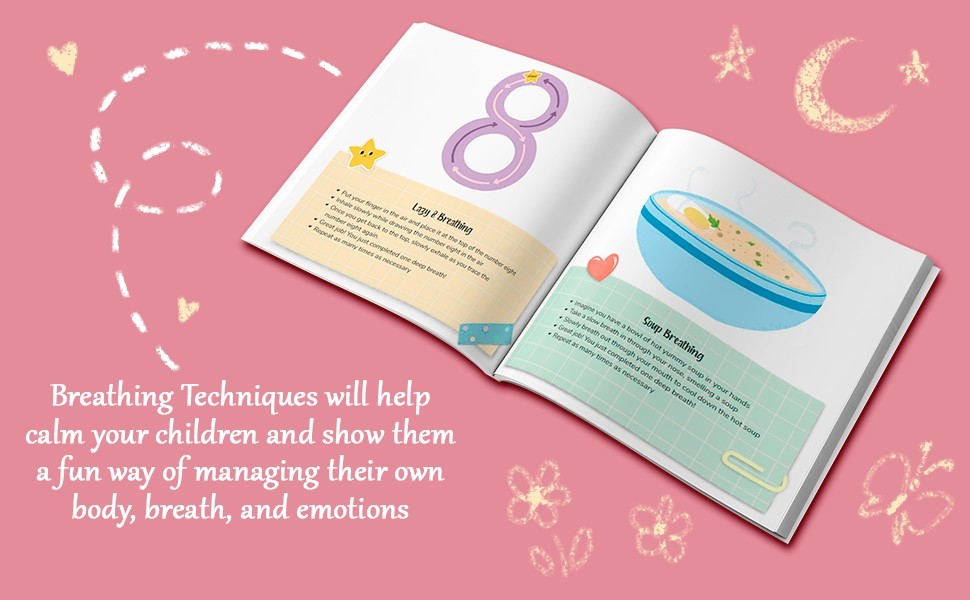
Each child has his own emotional needs. You should take it into account when completing a set. Follow his interests. The more engaging the set item, the more attention it grasps. Calming activities for ADHD also include playing with such things. Moreover, researchers claim that there should be a calm-down corner in a classroom environment. It bears fruit, indeed. Children can practice mindfulness and gain control of themselves there.
Calm Down Box for Teens
High-school children may dislike this activity. Well, it’s impossible to persuade an irritated teen to sit down and look through the box’s contents. Still, he may have his own calming things to do:
- Painting;
- Playing sports;
- Reading a book or a magazine;
- Playing with a dog;
- Doing a crossword, etc.
It’s important to avoid gadgets because they can also be a source of stress.
Conclusion
Many things in our lives can be irritating and stress-provoking. Kids` nervous systems are not stable enough to take all situations in the right spirit. In such a case, calm-down boxes for children are the real catch.
More articles
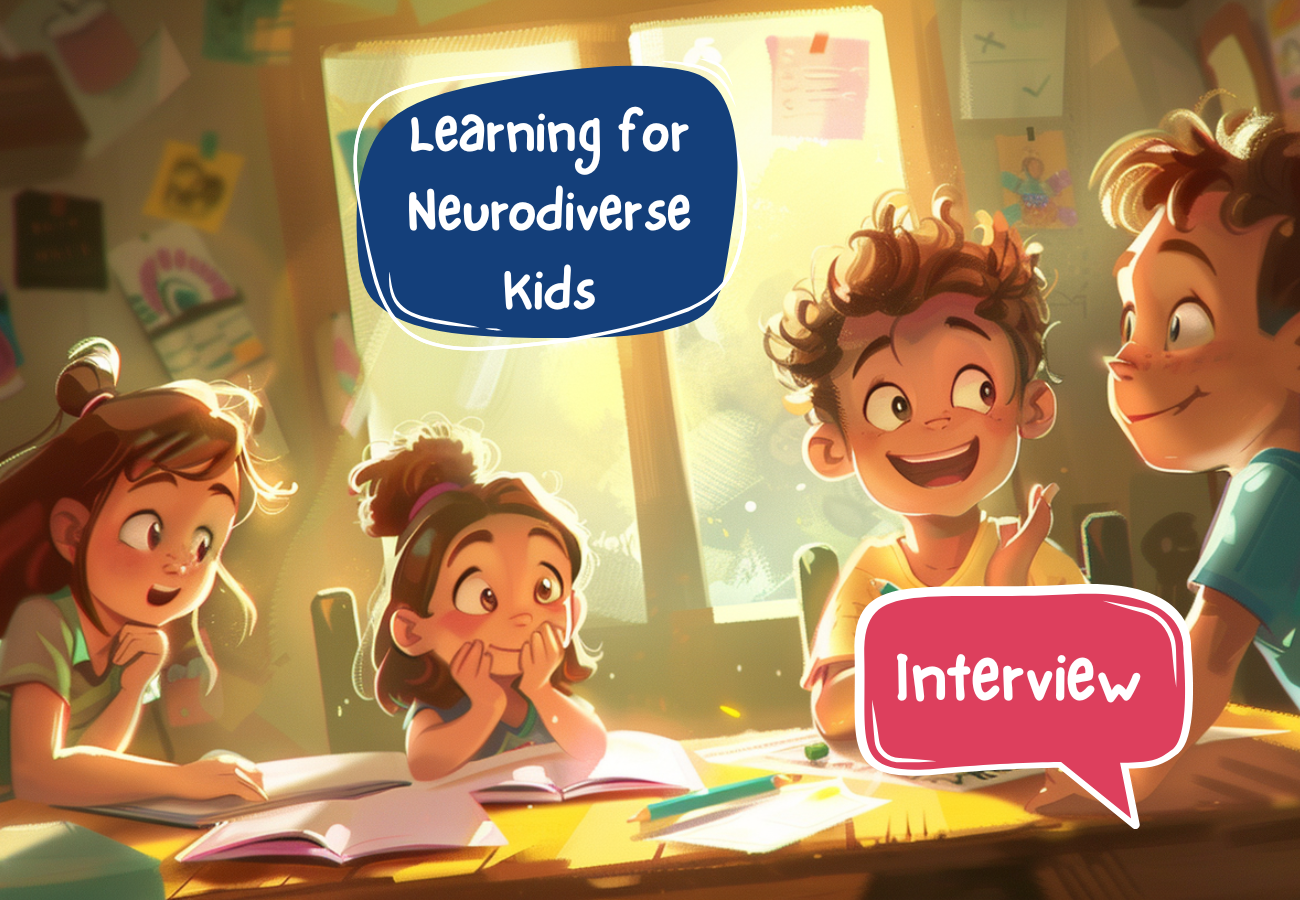
Creating Joyful Learning for Neurodiverse Kids: A Homeschooling Mom’s Journey with Alicia Ortego Books
A New Path in Education We always love hearing how our books support children and parents around the world. Recently, we spoke with a mom of three neurodivergent boys and the founder of Backyard Academy. Every day, she looks for creative ways to approach learning and parenting, and she shared with us how Alicia Ortego’s […]
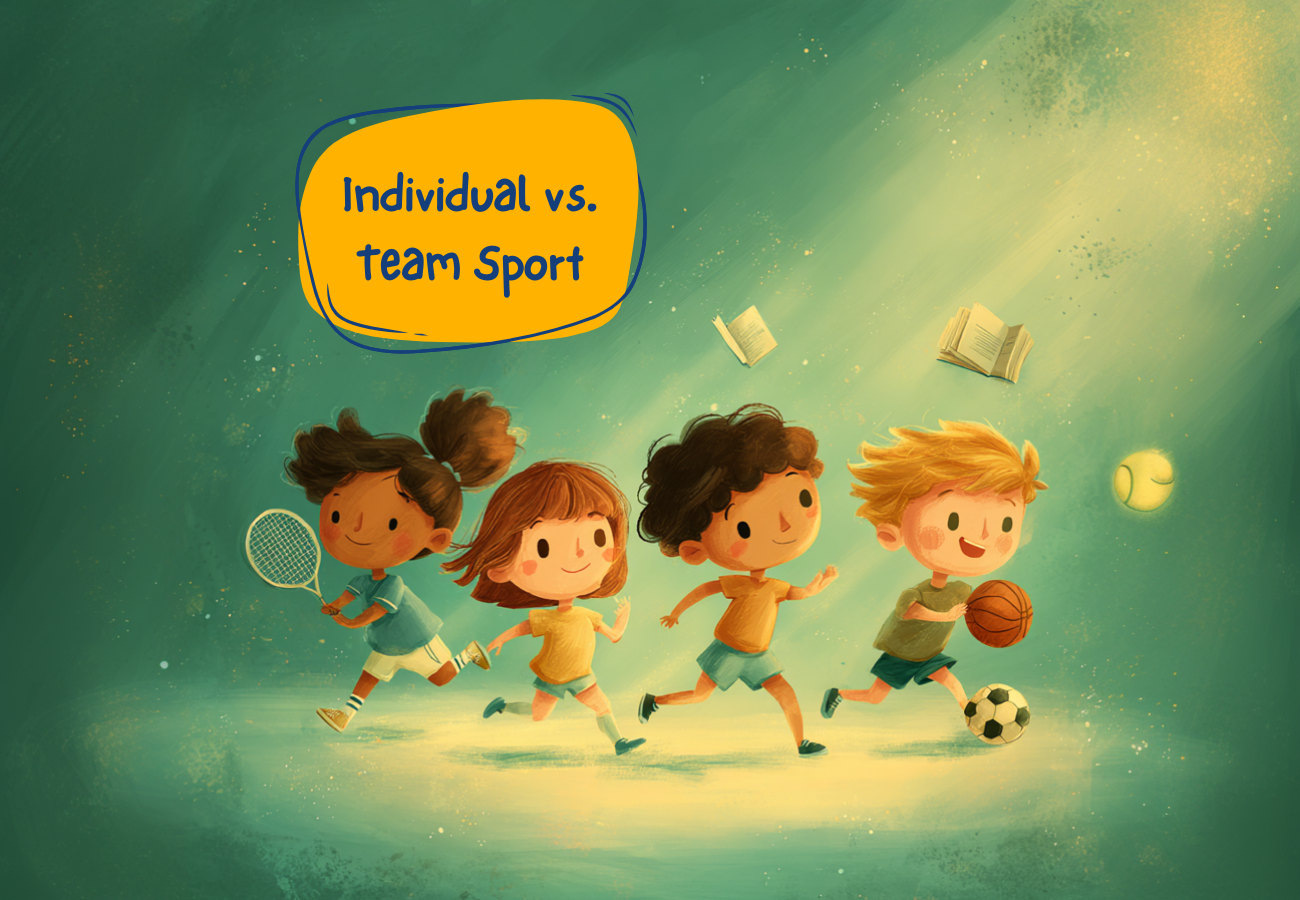
Individual vs. Team Sport Activities for Your Kids: Pros and Cons
Helping children stay active and healthy often starts with sports. But deciding between individual or team sports can be tricky. Each type offers unique experiences and developmental benefits, but also has potential drawbacks. Understanding the differences can help you make informed choices based on your child’s personality, interests, and abilities. What Are Individual Sports? Individual […]
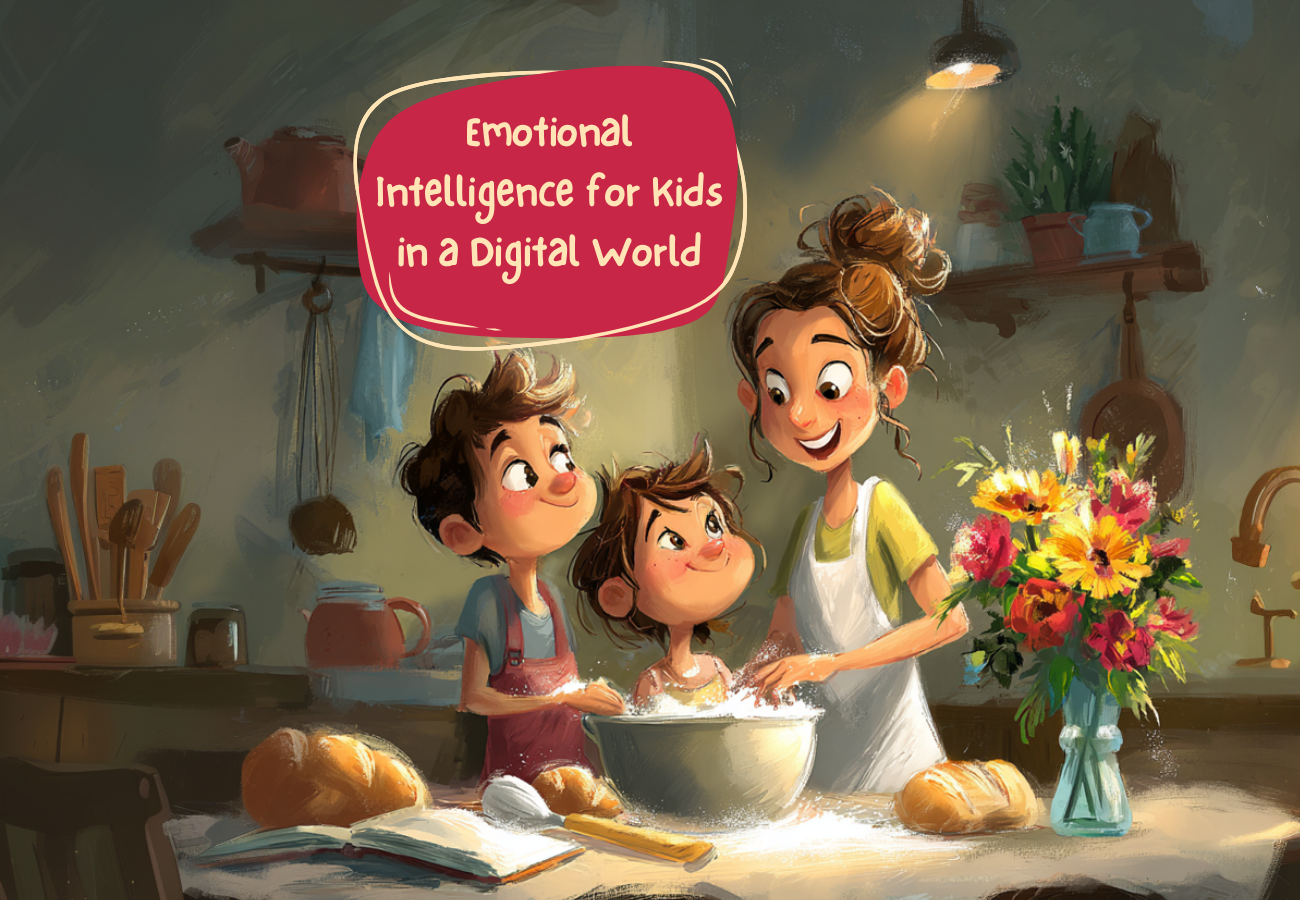
How to Nurture Your Child’s Emotional Intelligence in the Digital Age
Raising children today is nothing like it was in the 90s. Children in the 90s spent the majority of their time playing outdoors with neighbors or going to the local library or the beach. In that era, screen time mostly centered around TV, cable, or video games. But things are quite different in 2025. Kids […]



